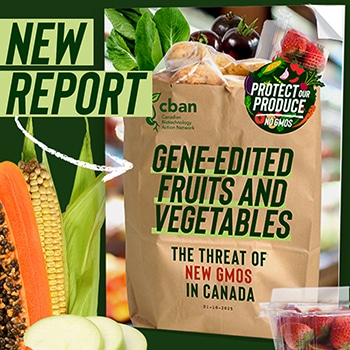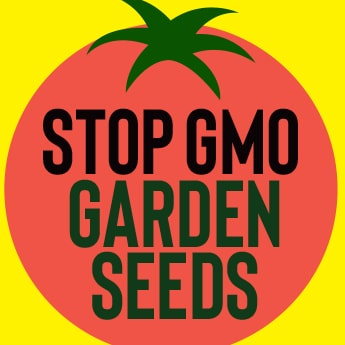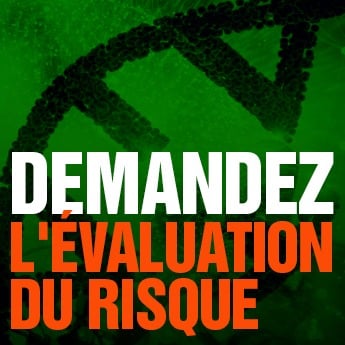Papaya
Market Status
 There is a genetically modified (GM, also called genetically engineered) virus-resistant papaya that could be imported from Hawaii. The first GM papayas (“Rainbow” and “SunUp”) were commercially grown in Hawaii in 1998 and approved for eating in Canada in 2003. Some GM papaya is now also grown in China. However, most papayas that are imported to Canada come from Mexico (or Guatemala and Costa Rica), where no GM papayas are grown. Canada does not import papaya from China.
There is a genetically modified (GM, also called genetically engineered) virus-resistant papaya that could be imported from Hawaii. The first GM papayas (“Rainbow” and “SunUp”) were commercially grown in Hawaii in 1998 and approved for eating in Canada in 2003. Some GM papaya is now also grown in China. However, most papayas that are imported to Canada come from Mexico (or Guatemala and Costa Rica), where no GM papayas are grown. Canada does not import papaya from China.
Read CBAN’s report Gene-Edited Fruits and Vegetables: The Threat of New GMOs in Canada, October 1, 2025.
Background
The GM papaya, developed at the University of Hawaii. is generally celebrated as having saved the papaya industry in Hawaii from the Papaya RIngspot virus. However, the GM papaya has also resulted in widespread contamination. “It is virtually impossible to find non-GMO papayas. The genetically engineered papaya trees have pollinated practically all papaya trees in the state. This is a serious change to one of Hawai’i’s major crops.” – Hawai’i GMO Justice
Rainbow and SunUp are the GM cultivars grown in Hawaii, which leaves the non-GM cultivars Kapoho and Sunrise.
They are also approved for eating, but not for growing, in Japan (2011).
Updates
July 2025: GM papaya is not approved for human consumption in Europe but contamination events have repeatedly been found in the European food system since 2004. GM papaya has been found in imports from Thailand and now Mexico, though it is not authorized for cultivation in either country. See the French-language update here from Inf’OGM.
2022: Scientists have identified the location of the transgene insertions in the GM papaya: “The insertion was so complex that although we sequenced the genome in 2008, we didn’t know where the transgenic sequences were located.” See the press release or view the paper.
August 2018: In China, the virus resistance in genetically modified virus-resistant papaya has broken down under pressure from a new lineage of the virus. Read the story.





